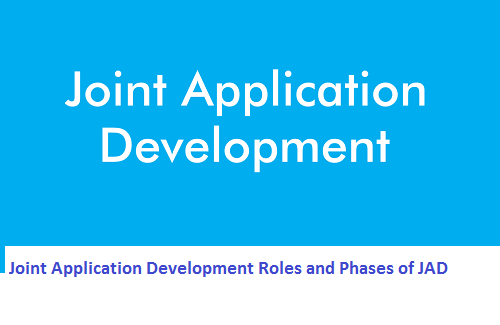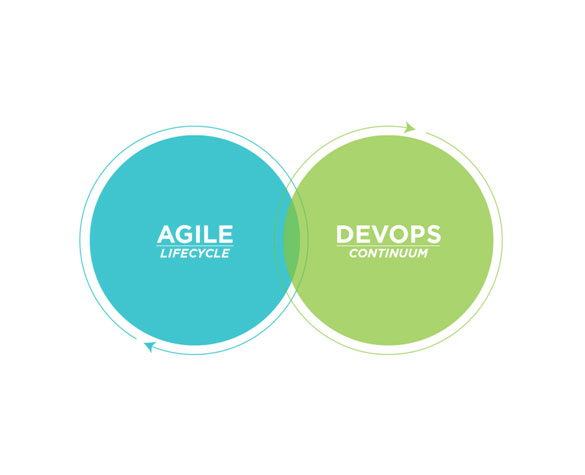 What is Joint Application Development (JAD)?
What is Joint Application Development (JAD)?
Joint Application Development (JAD) is a process that accelerates the design of information technology solutions. JAD uses customer involvement and group dynamics to accurately depict the user’s view of the business need and to jointly develop a solution. Before the advent of JAD, requirements were identified by interviewing stakeholders individually. The ineffectiveness of this interviewing technique, which focused on individual input rather than group consensus, led to the software development of the JAD approach.
Joint Application Development (JAD) involves continuous interaction with the users and different designers of the system in development. JAD centers on a workshop session that is structured and focused. Participants of these sessions would typically include a facilitator, end users, developers, observers, mediators and experts. JAD allows for a faster development process and minimizes errors at the same time.
Roles of JAD
Executive Sponsor or the system owner: who makes decisions and provides resources to execute the project
Project Leader or Manager: the project execution team, who is responsible for coordination, time-based deliverables, and resource utilization. The project leader may incorporate key members of the project team, with specific roles and responsibilities.
Customers or end users: They provide the user input to the executive sponsor and the project leader, and the discussion is among these three groups to arrive at a consensus.
Facilitator or Session Leader: who presides over the meeting, and ensures that the meeting covers all the required issues. A good facilitator tries to mediate when disputes or disagreements arise and bring about a consensus.
Scribe: who records the proceedings of the meeting.
Phases of JAD
Now that we have a good understanding of the JAD approach and how it works, we can discuss some of the stages and steps involved in the development process.
Define Objectives: The facilitator, in collaboration with other key stakeholders, defines the objectives and agenda items and distributes them to participants for review. The objectives include the purpose of the session, the scope of the project, its expected outcome, as well as the participants in the application development.
Session preparation: This is often the sole responsibility of the facilitator, who is expected to gather all relevant information and send it to participants ahead of time. The facilitator is also expected to carry out some research at this stage in order to get a better insight into the objectives of the JAD sessions as it relates to the project at hand and the organization as a whole. The logistics for the session need to the arranged, such as the venue and time of the session, and these need to be communicated to the participants.
Advantages and disadvantages of JAD
Advantages
• JAD allows you to resolve difficulties more simply and produce better, error-free software
• The joint collaboration between the company and the clients lowers all risks
• JAD reduces costs and time needed for project development
• Well-defined requirements improve system quality
• Due to the close communication, progress is faster
• JAD encourages the team to push each other to work faster and deliver on time
Disadvantages
• Different opinions within the team make it difficult to align goals and maintain focus
• Depending on the size of the project, JAD may require a significant time commitment








